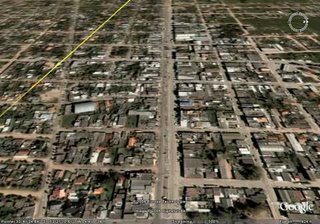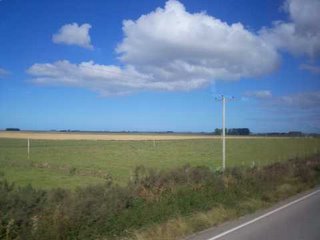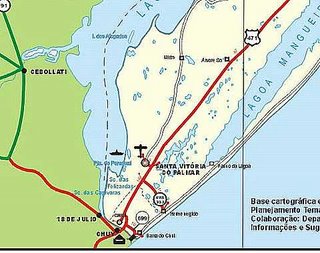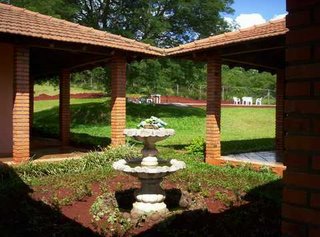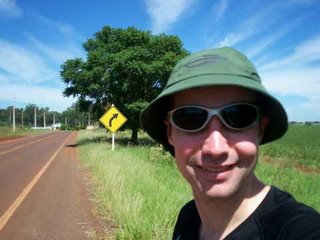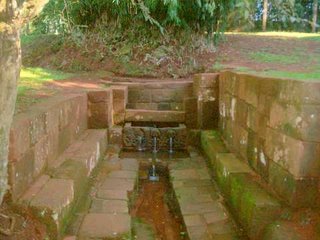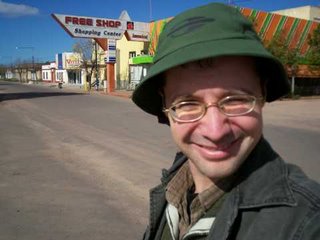 Brasil e Uruguai são separados por uma avenida.
Brasil e Uruguai são separados por uma avenida.Vivendo-se assim, acontecem várias situações inusitadas quanto ao comércio, o idioma e os hábitos culturais da população, os quais para quem é de fora é totalmente estranho.
No comércio, pesos e reais são aceitos sem importar o lado onde se está na fronteira: seja no supermercado, na "carniceria" (açougue) ou no restaurante.
Nas lojas, os atendentes invariavelmente perguntam: "dolares o reales?".
Mas para quem faz a compra no cartão de crédito, não tem jeito: é no dólar mesmo.
O(s) idioma(s) é (são) uma atração à parte.
Português e espanhol misturam-se no ambiente todo tempo. Mesmo no lado brasileiro acontece às vezes de dirigir-se à alguém em português, mas não ser compreendido. Mas tentando espanhol, melhora a comunicação. Na hora da despedida diz-se "gracias" e eles respondem: "de nada".
Nos free-shops, as atendentes , bonitas e bem-educadas, dirigem-se ao cliente falando português sem nenhum sotaque e pensa-se: "é brasileira que trabalha no Uruguai". Mas segundos depois atende outra pessoa falando espanhol perfeito e então fica a dúvida...
Na foto sou eu, no final da Avenida Brasil, onde ficam os free-shops. / Brazil and Uruguay are separated by an avenue. Living in this way, happens a lot of picturesque situations concerning to business, cultural habits and language.
When you shopping, both brazilian reais or uruguayan pesos are welcomed. It doesn´t matter the side of the frontier you are.
On the shops, sales assistents always ask: "dolares o reales?".
The language is another interesting thing.
Portuguese and spanish mixes everywhere. Sometimes in the brazilian side who speaks portuguese is not understood. But trying speaking spanish, comunication improves. We say "gracias" before leave and then they answer something in portuguese.
Sales assistents on the shop are very beautiful and polited. They help the clients speaking portuguese, and then, I thought "she is a brazilian who works in Uruguay". But seconds later, she helps another one in perfect spanish. Then, I´m sure where is from...
It´s me on the picture, in the end of Brasil Avenue where the free shops are located.
